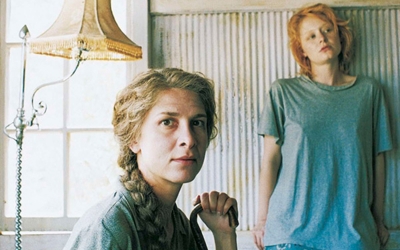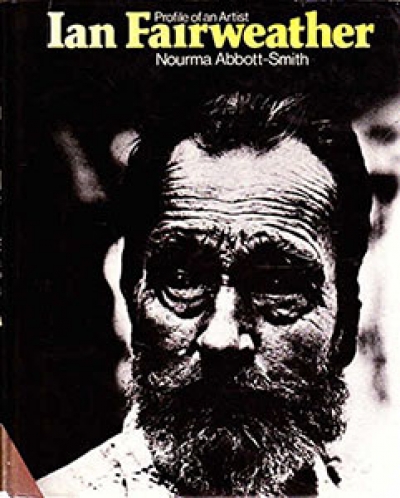ABR Arts
Be warned: what follows is in the nature of a rave. It’s not often one is tempted to weep with gratitude for how the theatre has brought a play to such magisterial life that one can’t imagine ever wanting to see it again – let alone supposing it could be done better. If you’re tired of over-smart productions doing vulgar, opportunistic things with great plays, then Ariette Taylor’s recent production of Chekhov’s Ivanov at fortyfivedownstairs (that’s 45 Flinders Lane) was the place to be. It was an occasion of unalloyed joy and celebration.
... (read more)Patrick White had rather more success than Henry James with his plays – though that is not saying much. James’s attempt in the 1890s to conquer the London stage was a theatrical and personal disaster, but has, remarkably, provoked two recent novels, Colm Tóibín’s The Master and David Lodge’s Author, Author. The plays were no great loss, and it was to our ultimate benefit that James returned his creative energy to the novel.
... (read more)Art is a strange posing of discoveries, a display of what was no more possible. For it is the task of the creative artist to come up with ideas which are ours, but which we haven’t thought yet. In some cases, it is also the artist’s role to slice Australia open and show it bizarrely different, quite new in its antiquity.
Half a century ago, Sidney Nolan did just this with his desert paintings and those of drought animal carcasses. I recall seeing some of these at the Peter Bray Gallery in 1953 and being bewildered by their aridity: a cruel dryness which made the familiar Ned Kelly paintings seem quite pastoral. Nor could I get a grip on his Durack Range, which the NGV had bought three years earlier. Its lack of human signs affronted my responses.
The furthest our littoral imaginations had gone toward what used to be called the Dead Heart was then to be found in Russell Drysdale’s inland New South Wales, Hans Heysen’s Flinders Ranges, and Albert Namatjira’s delicately picturesque MacDonnells. Nolan’s own vision was vastly different: different and vast. It offered new meanings and posed big new questions.
... (read more)The Australian film industry got going in the 1970s perhaps just a little before the resurgence of Australian publishing and perhaps for that reason there has been less interplay between Australian film and Australian writing than there might have been. Patrick White raged and roared about the prospect of Joseph Losey and Max Von Sydow making a film of Voss, but that was the tormenting hope of a more colonial dispensation. There have been bearable films of modern Australian classics like Stead’s For Love Alone and more or less shocking films of such nearly contemporary classics as Monkey Grip (a real monster despite Noni Hazelhurst and Alice Garner as child star doing their best) and, more recently, Lilian’s Story with Ruth Cracknell badly miscast. Cases like Fred Schepisi’s lean, pungent version of Keneally’s The Chant of Jimmie Blacksmith are rarer than they should be though it is encouraging to hear that Mel Gibson owns the rights to My Brother Jack and intends making a film of it one of these days.
... (read more)In Sydney last month, Barry Kosky’s production of Verdi’s Nabucco was booed by a section of its first-night audience, a unique occurrence, this, at the Australian Opera, but one that Kosky took in good part as an extension of the ‘playful’ side of the evening’s events.
... (read more)

